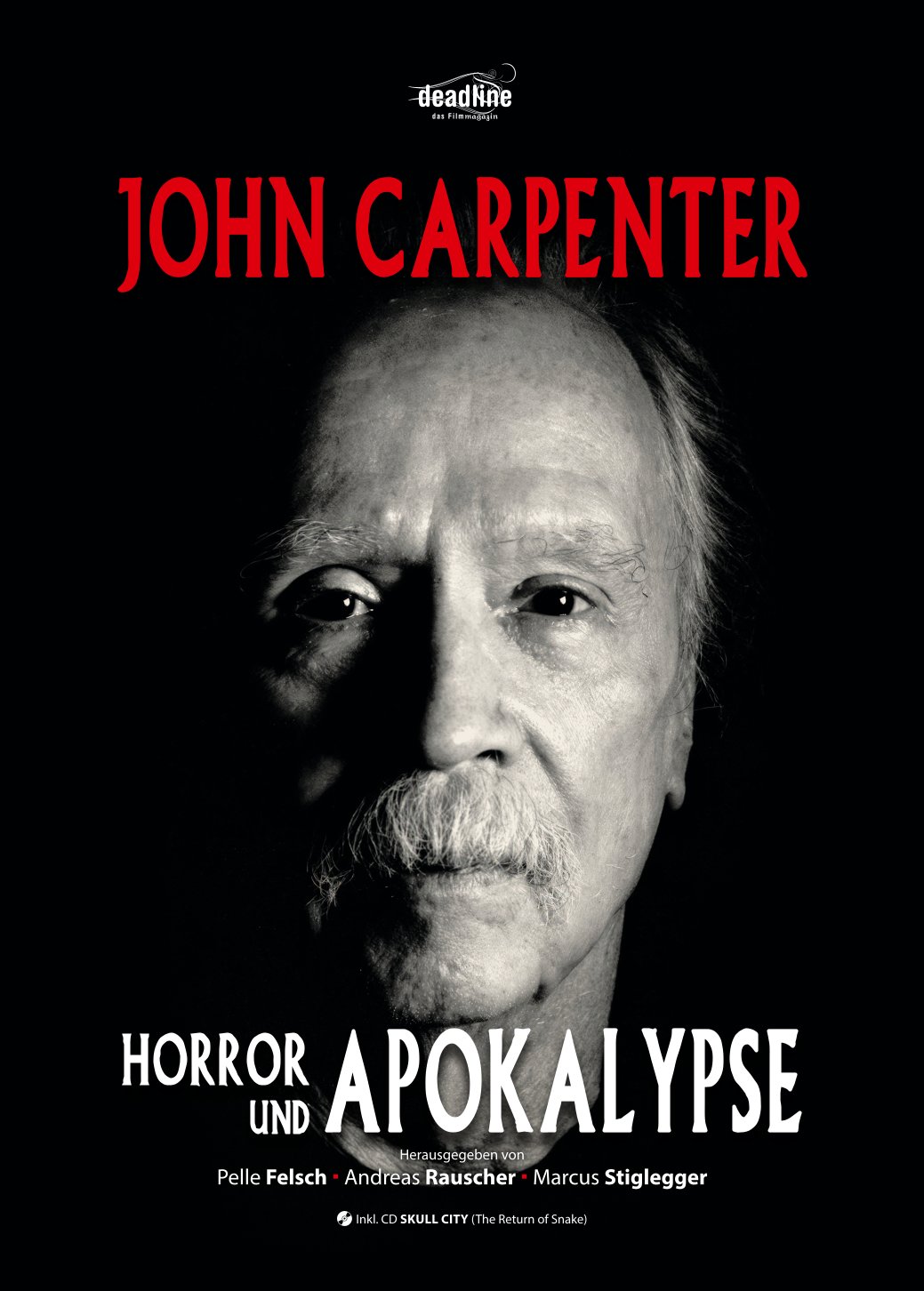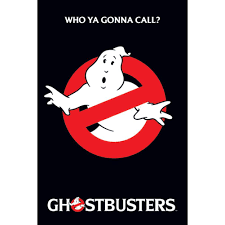
Introduction to John Carpenter
John Carpenter is widely recognised as one of the most influential figures in the horror film genre. His unique blend of suspense, atmosphere, and sound design has revolutionised filmmaking, particularly within the horror, science fiction, and action genres. Born on January 16, 1948, Carpenter’s work spans over five decades, making him a prominent figure in the evolution of contemporary cinema. Understanding Carpenter’s impact is crucial for film enthusiasts and scholars alike, as it highlights the innovative techniques that continue to shape the industry today.
A Career Rooted in Innovation
Carpenter gained prominence with his breakout film, “Halloween” (1978), which introduced audiences to a new standard in horror storytelling. Not only did this film popularise the slasher genre, but it also established the formula of the unrelenting killer coupled with a strong final girl. The film’s minimalistic score, composed by Carpenter himself, became iconic and paved the way for synthesised soundtracks in horror films. Following this success, Carpenter directed additional classics such as “The Thing” (1982), “Escape from New York” (1981), and “They Live” (1988), each contributing to his reputation as a master of tension and visual storytelling.
Innovative Techniques and Themes
Carpenter’s films are characterised by several distinctive techniques. He often employs long takes and a steady camera to build suspense, allowing viewers to experience the terror without interruption. Additionally, Carpenter’s use of lighting and shadows creates an unsettling atmosphere that heightens the sense of dread. His recurring themes of isolation, survival, and the battle between good and evil resonate deeply with audiences, making his films not only entertaining but also thought-provoking.
The Legacy of John Carpenter
With a career spanning numerous genres and styles, Carpenter’s influence can be seen in the works of many contemporary filmmakers, including the likes of Quentin Tarantino and Jordan Peele. His films have inspired remakes and homages, ensuring that his legacy continues through new generations of filmmakers. Beyond his direct contributions to film, Carpenter’s approach to storytelling and use of technology, particularly in regard to sound and music, have laid the groundwork for modern cinema practices.
Conclusion
In conclusion, John Carpenter’s impact on the film industry, particularly in the horror genre, is immeasurable. His innovative techniques and storytelling continue to inspire filmmakers and entertain audiences worldwide. As the demand for unique and engaging cinematic experiences grows, Carpenter’s work will undoubtedly remain a pivotal part of film history, continuing to shape the landscape of horror and beyond for years to come. For fans and new viewers alike, exploring Carpenter’s films offers not just entertainment, but also insight into the craftsmanship that defines some of cinema’s most enduring works.
You may also like

The Enduring Legacy of Sylvester Stallone

The Remarkable Journey of Michael Caine
